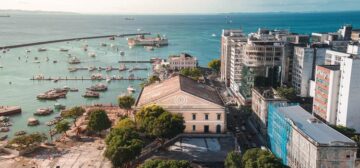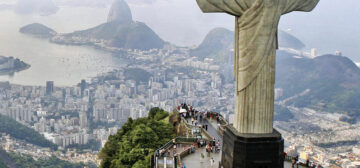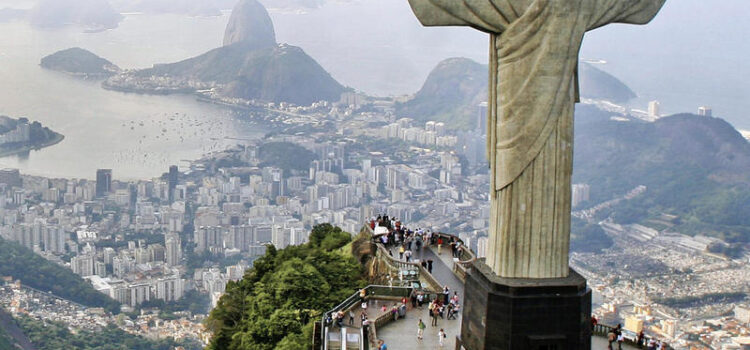Brazil has one of the largest internal air networks in the world, and there are air services between all Brazilian cities. With such great distances between many of the most popular destinations, flying can be a worthwhile option, saving considerable time and money. Internal flights in Brazil are possible with the shuttle service between Sao Paulo and Rio de Janeiro, a regular service from Sao Paulo to Brasília and a shuttle service from Brasília to Belo Horizonte.At weekends and main holiday times (i.e. Christmas and Carnival) it is advisable to book seats as the services are much used. Panrotas (www.panrotas.com.br) gives all timetables and fares for internal air travel. Gol (www.voegol.com.br) and TAM Airlines (www.tam.com.br) operate the largest number of domestic routes. Airport transfers are available between all major centres.Always re-confirm flights (at least once); delays and over-bookings do happen. If you change any flights on your airpass be sure to cancel the original booking otherwise the airline may consider it a ‘no-show’ and cancel all your other flights.Air passes for domestic flights are available on both TAM and Gol, with similar prices, ranging from US$532 for four flights (Gol), up to US$1,384 for nine flights (TAM). Air passes can be purchased only outside of Brazil and in advance of international departure. For more details, contact the airlines.International car hire companies operate from major airports and main city centres; the most common are Avis and Hertz. The main Brazilian companies include Interlocadora and Localiza. Drivers are generally required to be at least 21 years old.All major cities have a plentiful supply of taxis, particularly recommended late at night. Official taxis, such as the distinctive yellow-and-blue Rio taxis, are the most reliable; mini-cabs, with pre-paid tickets, are also available at international airports. Taxis are metered and passengers should insist that the meter is turned on: the day-time rate is shown by a little flag marked 1 on top of the meter. The higher rate – after 8.00pm, on Sundays and bank holidays – is shown by a flag marked 2. Outside of cities and main tourist sites, taxis may not have meters, in which case agree on the fare in advance. Tipping taxi drivers is not normal practice.Brazil is not a bicycle-friendly country on the whole; only a few cities, such as Rio de Janeiro and Curitiba, have dedicated bicycle lanes. In view of the vast distances, heavy traffic and aggressive driving practices, cycling around the country is not recommended for most visitors.Long distance coach travel is a great way to get around Brazil, with an excellent network of inter-city routes offered by hundreds of different companies. Fares are economical and coaches are safe and comfortable, with all the usual modern facilities. Luxury overnight services (leitos) connect the major cities and popular destinations such as Foz do Iguacu. There are no nationwide companies, but all cities have a central bus station (rodoviaria), where you can book your journey in advance with a choice of operators.Passenger rail connections in Brazil are virtually non-existent, apart from a few inner-city commuter lines in Sao Paulo and Rio de Janeiro. A few scenic tourist lines still run, notably the Serra Verde Express operating services from Curitiba to Morretes in Paraná, and from Campo Grande to Miranda in the Pantanal.Ferries serve most coastal ports. One company, Barcas S/A, operates ferries between Rio de Janeiro and Niteroi, and between Angra dos Reis and Ilha Grande. The daily commuter ferry to and from Niterói is very popular, offering amazing views of Guanabara Bay, and much quicker than the long and often traffic-clogged road route.River transport is the most efficient method of travel in the Amazon Delta. The main hub is Manaus, with ferries going eastwards along the Rio Amazonas, to Belém and Santarém, or upriver from Manaus on the Rio Solimões towards the Colombian border at Tabatinga. Many different companies offer regular departures from Manaus, operating out of the main port, Estacao Hidroviaria near to the Mercado Municipal.








